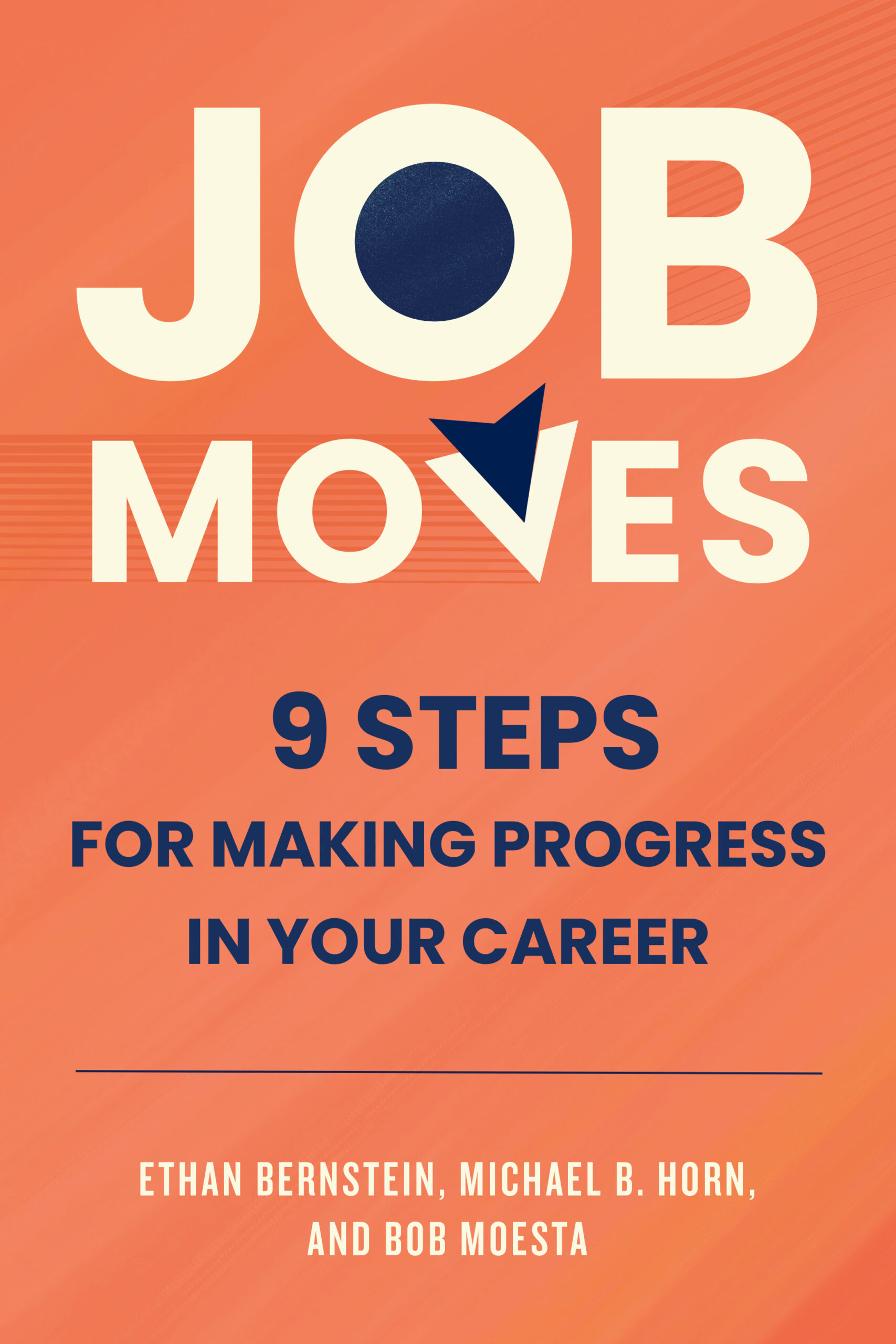The Third Education Revolution
Schools are moving toward a model of continuous, lifelong learning in order to meet the needs of today’s economy.
By Jeffrey Selingo
March 22, 2018
When the giant Indian technology-services firm Infosys announced last November that it would open a design and innovation hub in Providence, the company’s president said one of the key reasons he chose Rhode Island was its strong network of higher-education institutions: Brown University, the Rhode Island School of Design, and the Community College of Rhode Island.
In a higher-education system that is often divided between two- and four-year colleges and further segregated between elite and nonelite institutions, it’s not often that a community college is mentioned in the same breath as an Ivy League campus. Nor is a two-year college seen as a training ground for jobs in the so-called creative economy, which include industries such as design, fashion, and computer gaming that typically require bachelor’s degrees. …
The world of work is undergoing a massive shift. Not since the dawn of the Industrial Revolution in the 18th and 19th centuries and the Information Age that followed in the last century has the scale of disruption taking place in the workforce been so evident. An oft-cited 2013 studyfrom the University of Oxford predicted that nearly half of American jobs—including real-estate brokers, insurance underwriters, and loan officers—were at risk of being taken over by computers within the next two decades. Just last fall, the McKinsey Global Institute released a report that estimated a third of American workers may have to change jobs by 2030 because of artificial intelligence. …
Michael Horn, a higher-education consultant who has written extensively on the future of training, recently suggested similar plans that he dubbed “renewable learning funds.” They would be paid for by an alternative form of financial aid called income-share agreements. Such agreements provide students money to cover college costs, and, in exchange, students agree to pay back a percentage of their future income rather than take on a fixed amount of debt.
“Continual education is not just about paying for tuition,” Horn said. “Training carries an opportunity cost in terms of lost wages, and so we need to figure out how to support some of their living expenses, too.”

0 comments